Google Nexus S. First Look
Live photos of Google Nexus S
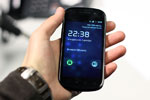 |
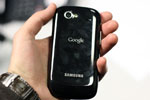 |
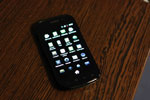 |
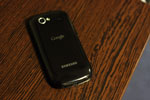 |
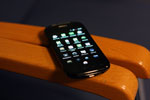 |
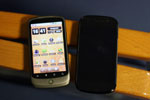 |
Contents:
The sales of first Android smartphone under Google brand - Nexus One were not high enough. In other words, the expectations of the company were not met. Second Nexus was initially planned to be produced together with Motorola, but these plans were in place prior to the unsuccessful launch and distribution of Nexus One. At the end Google decided to team up with Samsung. Google received a readymade product, which Samsung promises to support and promote in accordance with traditional schemes, while the Korean manufacturer will become a leader in Android world, to be more precisely, will be the first to launch an Android 2.3 model.

Design and materials
The entire description of Google Nexus S can be limited to several succinct phrases by pinpointing the differences from the original Samsung Galaxy S. Nevertheless, I will mention design features, looks, body materials and some other features.In terms of design Nexus S is almost a complete copy of Samsung Galaxy S. Among differences we have a slightly altered body shape. Nexus S is a bit curved on the front, but I personally noticed that only from photos and learnt about it from the press release. To my mind this feature is not very conspicuous during the everyday use. As a result S has nothing in common with Nexus One. It is different both inside and outside.














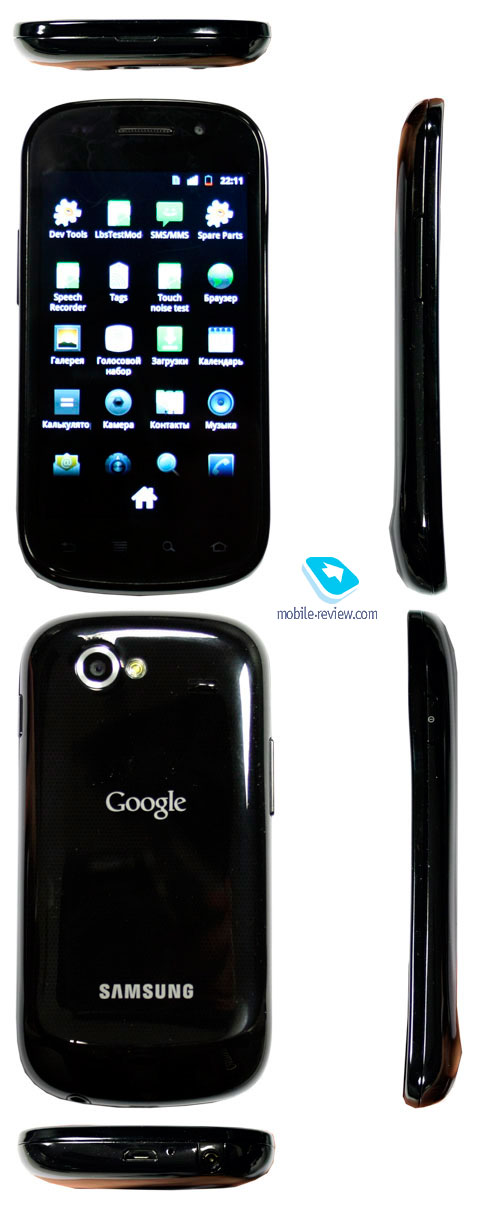
Back to the table of contents >>>
Controls

 |
 |

Back to the table of contents >>>
Screen
The smartphone is equipped with a 4″ capacitive touchscreen with multitouch. Europe will get a version with Super AMOLED screen, while in Russia S-LCD screens will be offered instead (is it the influence of my comments about Super-AMOLED in Samsung reviews? It's obviously a joke





Camera
Similar to Galaxy S Nexus S has a 5 MP module with the flash. Video connection is assisted by a front camera, which can also be used for self portraits. We cannot judge about the photo quality by engineering prototypes.
Interface
The smartphone is the first model with Android 2.3 to go on sale. Google Nexus S has a bare Android 2.3 without any shells and additional apps. We only get the OS and its applications.Back to the table of contents >>>
Platform
The handset is based around the same platform as Samsung Galaxy S - Samsung S5PC100 (ARM8 Cortex) with a 1 GHz processor and PowerVR SGX540 graphic coprocessor. 512 MB of RAM are complemented by 16 GB (in the engineering prototype) for data storage. There is no memory card slot. Wireless interfaces are standard for a modern smartphone: Wi-Fi, Bluetooth and GPS.The speed of the test sample is high, but I cannot offer further comments as we need to get hold of final versions.
Back to the table of contents >>>
Conclusion
Google Nexus S will hit shelves around February of 2011. This will coincide with Mobile World Congress 2011, where Samsung will unveil its new flagship known under the code name of Samsung i9100. By the time Google Nexus S finds its first owners this model will be finely positioned between Galaxy S (i9000) and its second variant (i9100). Therefore Nexus S will be cheaper than Galaxy S. In February it will still be one of the most advanced Android solutions.I will add some personal impressions. I don't like only three things in Samsung Galaxy S. Plastic body is too easily soiled, so at times you feel that you have a cheap toy in your hands instead of the cutting edge smartphone. Super AMOLED is too bright and sharp for me, so that eyes get tired after some time. The last complaint is a disease of all modern smartphones that is inconvenient sensor keys. Nothing can be done about it though.
Google Nexus S in Russia will be offered with more calm and less sharp S-LCD screen, so I will be partially vindicated. Easily soiled plastic body and sensor keys remain a nuisance. At the same time the price will be considerably lower. Nexus S will be cheaper than Galaxy S, which is similar to Nexus One - HTC Desire ratio. Google Nexus S gives us a more accessible version of Samsung Galaxy S stripped of its proprietary shell, but with Android 2.3 on board. Other details and features of Google Nexus S will be covered in review.
Description:
- Form factor: candybar
- OS: Android 2.3 (Gingerbread)
- Networks: GSM/EDGE, UMTS/HSDPA
- Processor: 1 GHz on Samsung S5PC100 (ARM8 Cortex) platform
- RAM: 512 MB
- Memory for applications: 16 GB
- Interfaces: Wi-Fi (802.11 b/g/n), Bluetooth 2.1+EDR, micro-USB and a 3.5 mm headphones jack
- Screen: 4″ capacitive WVGA (840×480) screen; S-LCD (Russia) or Super AMOLED (Europe)
- Camera: 5 MP with autofocus and flash, front VGA camera for video calls
- Navigation: GPS
- Add-ons: FM radio, accelerometer, light and proximity sensors, digital compass
- Battery: 1500 mAh Li-Ion
- Dimensions: 124 x 63 x 11 mm (4.88″ x 2.48″ x 0.43″)
No comments:
Post a Comment